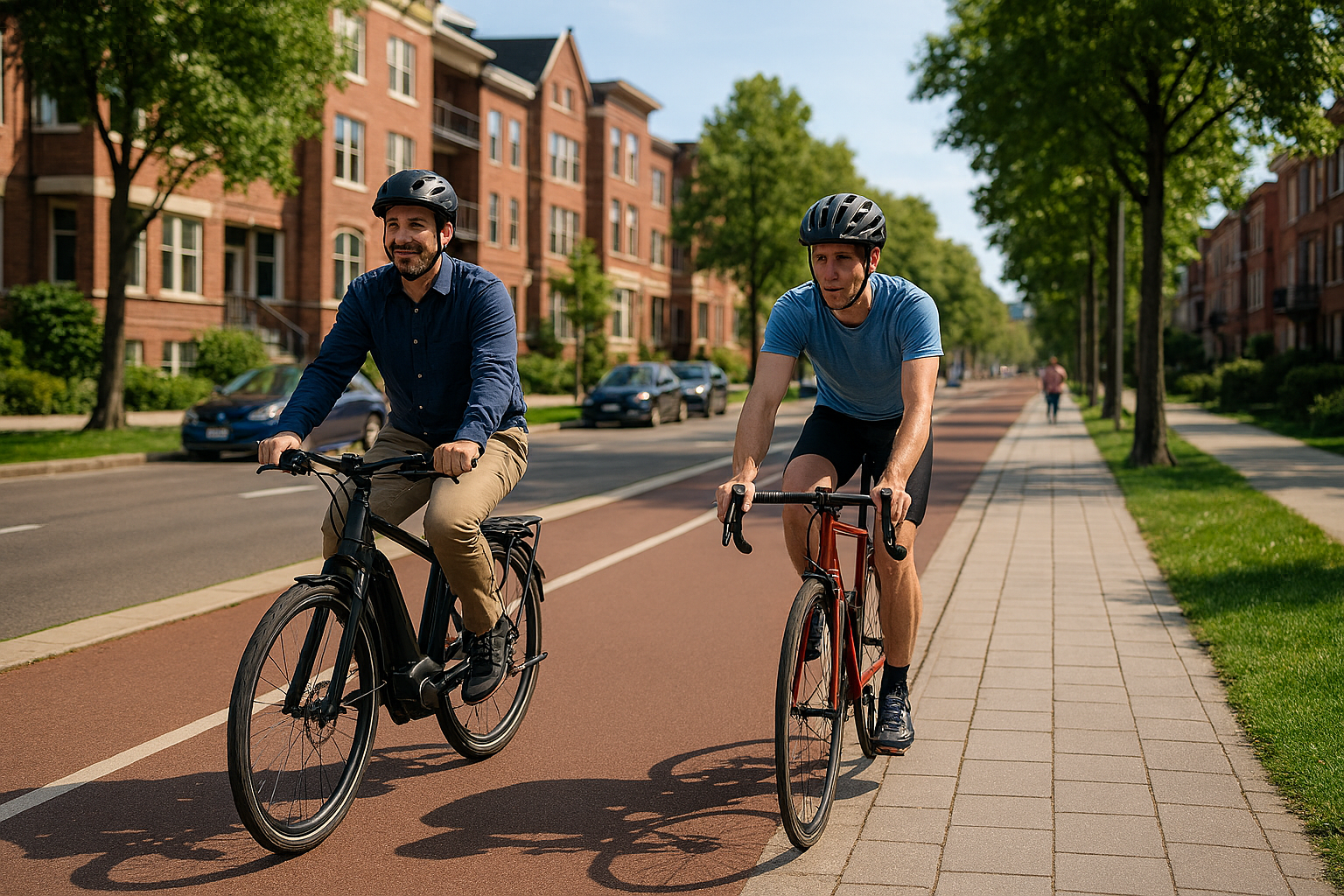E-Bikes Aren't the Problem - Inattention Is

E-bikes and manual bike can co-exist with pedestrians and motor vehicles when we give each their space.
In response to the Leader Telegram's editorial "Bike safety concerns face a new wrinkle," it's clear that the rise of electric bicycles (e-bikes) has added complexity to the conversation around shared path safety. But focusing solely on e-bikes risks missing the bigger picture: manual bicycles can be just as fast, just as quiet, and just as capable of startling an unaware pedestrian.
E-Bike Classifications
- Class 1: Pedal-assist only, with motor support up to 20 mph.
- Class 2: Includes a throttle for motor-powered movement without pedaling, also capped at 20 mph.
- Class 3: Pedal-assist only, but with motor support up to 28 mph—making them the fastest of the bunch.
These classifications help guide where e-bikes are allowed, with Class 1 bikes generally permitted on most trails and paths, while Class 3 bikes are often restricted to roads and bike lanes due to their speed.
But here's the wrinkle: a skilled rider on a manual bike can easily reach 20 mph or more over short distances, especially on road bikes or in downhill conditions. And like e-bikes, manual bikes are virtually silent. The real issue isn’t the motor—it’s the moment of surprise when a cyclist, regardless of their ride, passes a pedestrian who’s tuned out with earbuds or headphones.
We're seeing more pedestrians immersed in audio, unaware of their surroundings. That's not a criticism - it's a reality of modern life. But it does mean that cyclists, whether powered by legs or lithium-ion batteries, must exercise heightened caution. Audible signals, reduced speeds in crowded areas, and wide berth when passing aren’t just courteous—they’re essential.
Safety isn’t about what kind of bike you ride. It’s about how you ride it.
Local governments and advocacy groups should expand their messaging to include all cyclists, not just those on e-bikes. Infrastructure improvements, clear signage, and public education campaigns can reinforce the idea that shared paths require shared responsibility.
Let’s stop drawing lines between manual and electric. Instead, let’s draw attention to the behaviors that keep everyone safe. Respect, awareness, and care—those are the real power sources we need.
Additional Resources
Original Backlink
Views: 351
Articles featured here are generated by supervised Synthetic Intelligence (AKA "Artificial Intelligence").
